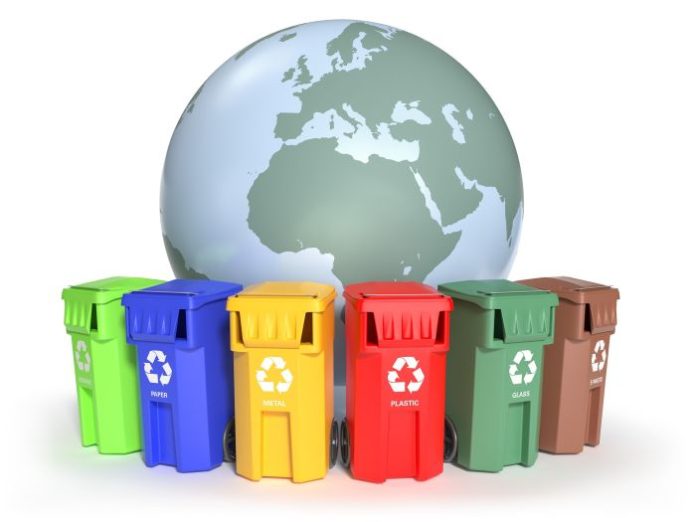
Russia’s invasion of Ukraine and the consequent rise in the cost of energy have put the issue of raw material supplies at the centre of the government’s agenda. In this scenario, the circular economy represents a strategic response for Italy in terms of diversification of sources and a vector of sustainable growth for the immediate future. On the Global Recycling Day, attention should be focused on policies in support of the circular economy, which represent a central pillar for the national ecological transition, especially in light of the National Recovery and Resilience Plan.
This is the warning issued by UNIRIMA, ASSORIMAP and ASSOFERMET, the main national trade associations in the sectors of collection, recovery and recycling of paper, plastic and ferrous and/or non-ferrous metals, during the event in the Sala Zuccari in the Senate, attended by political representatives, companies and authorities, including the undersecretary for MITE, Ilaria Fontana. This is an increasingly strategic sector, which employs around 45,000 people and has 4,000 plants spread across the country. Suffice it to say that the recycling rate of paper and cardboard packaging in Italy has reached and exceeded, 10 years ahead of time, the European target of 85% set for 2030. The production of material/end of waste paper is equal to about 6.7 million tonnes, an increase of 3.2% compared to the previous year. In Italy there is an installed capacity of 1,800,000 tonnes of plastic recycling, which represents a huge potential to be exploited. For every tonne of plastic material recycled, 1.9 tonnes of oil is saved, CO2 emissions are reduced by 1.4 tonnes, and significant amounts of electricity are saved. Ferrous and non-ferrous scrap recovery plants collect and recycle around 15 million tonnes of material annually, which is sent to the steel and metals industries to replace virgin raw materials.
The three business associations underline how the enormous criticalities that have hit the global economy are urgently demonstrating the need to develop greater competition, closing the competitiveness gap that still separates Italy from the rest of Europe on many fronts; it is therefore necessary to intervene to reduce monopoly rents by ensuring competitive dynamics and acting on the criticalities related to the lack of full application of the principle of competition, which has a crucial value in the recovery and recycling sector. The simplification of the regulatory and administrative framework and investment in innovation in secondary raw material/end-of-waste recovery plants are therefore among the main objectives. With regard to the soaring cost of energy bills, the three associations that are at the heart of the circular economy point out that spot measures to be applied periodically are no longer sufficient. Instead, structural measures should be studied to benefit companies that actively contribute to the goals of the ecological transition through material recovery.
All in all, we need to create the conditions for the circular economy to fully establish itself as a lever for sustainable development in Italy. It is no coincidence that among the 14 resolutions adopted in Nairobi by the UN Environment Assembly (UNEA), one is specifically dedicated to supporting the circular economy. The aim of the text is clear from the title: “Strengthening the circular economy as a contribution to achieving sustainable consumption and production”. A principle that – the three business associations hope – should be the compass to guide future choices in an increasingly complex season.




































